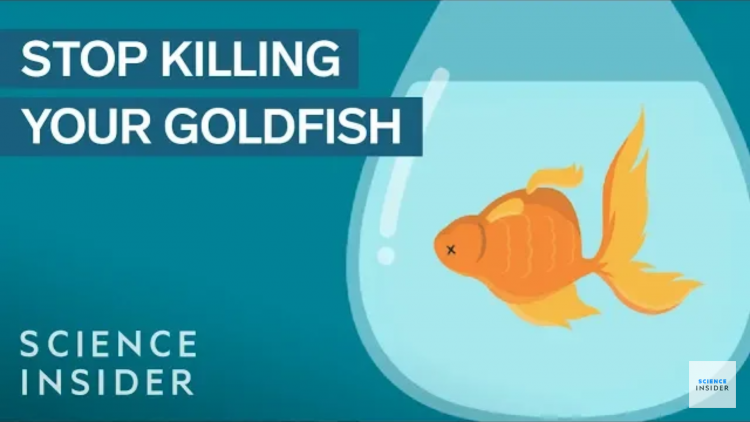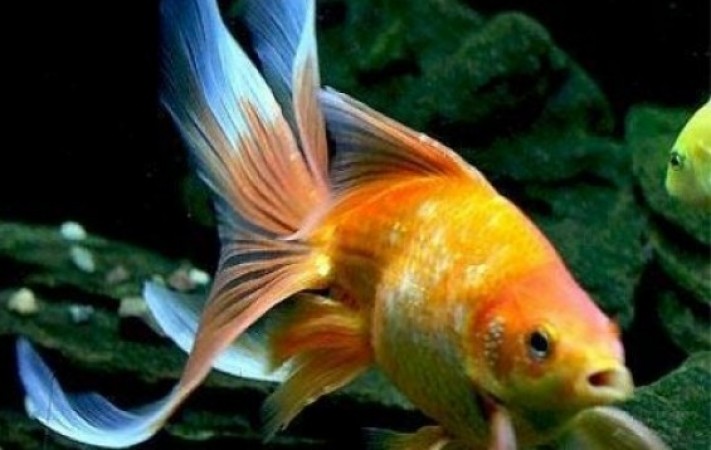How To Keep Your Goldfish Alive For 15 Years!!
- Jun 16, 2020
- Anshika Mishra
- 1170 0 0

The longest living Goldfish on record was 43 years old, but chances are that your goldfish don't live even a quarter that time period. In fact, most goldfish don't survive past there fifth birthday and that's a major problem. Since they are supposed to live for about as long as your cat.
Why Your Pet Goldfish Keeps Dying
The usual culprit behind your goldfish's untimely demises is, well, poop. If you know, goldfish waste contains toxins like ammonia. They can burn the goldfish gills and even damage the brain. In the wild, this isn't a problem. Freshwater lakes and ponds are home to millions of bacteria that break it down into less harmful chemicals.
But in your home tank, there are no bacteria to be found, you have to introduce it. And that where a lot of goldfish owner slip up because you can't buy a fish the same day you get your tank. The process of growing bacteria takes patience.
- First, you have to make your tank chlorine free using conditioner. Chlorinated tap water is fine for you to drink since it kills off germs. But it's not so great for the bacteria you want to cultivate.
- Once you've created a safe space for the bacteria to grow, the bacteria will come from all over, the air, the outside of the tank, and any rocks or plants you stick in the tank for decoration. You can also buy commercially sold bacteria culture grown in labs, this process can help speed up the bacteria growth.
- After that all they need is dinner. Fish food will do. As the food breaks down it releases ammonia for the bacteria to eat.
- Finally, you want wait for a while. Depending upon how much bacteria you start with, the process can take about 2 months. That's right two months. By now there will be enough bacteria. You can double-check with a simple water test kit.

Here's the thing about all the bacteria in the world won't keep your fish alive if your tank is too small. The bacterias gobble up goldfish poop, the bacteria produce wastes of their own and if it is not sufficiently diluted, it can kill your goldfish.
A dinky, single-gallon bowl is much too small, and even the 10-gallon tank you commonly see in pet stores won't cut it. A single adult goldfish needs at least twice that much water to thrive.
Even with huge tanks, you will still need to replace about 30% of the water every two weeks. Because besides poops, goldfish releases hormones and pheromones into their environment. Which if left unchecked, can stunt their growth. That might help to explain why a goldfish healthy environment can be the size of an American football field, while your last goldfish wasn't much bigger than your index finger.
Once you have a big detoxified tank, goldfish just need one more thing: your attention.
So oftentimes new goldfish owners don't realize a problem until it's too late. Common diseases like fin rot, white spot disease, and fungal infections have already taken hold. So it is a good idea to pay careful attention to how the water looks and smells.
Spending time with your goldfish will be worth it. You can even train your goldfish to do tricks like have it swim through hoops and eat from your hand! The more time you spend with your goldfish the more likely you are to notice a problem before it becomes a major issue.






About author